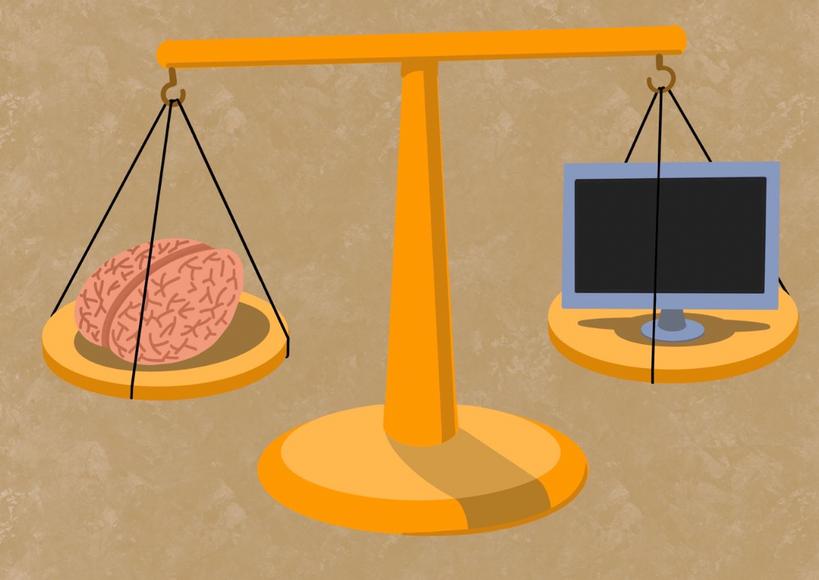
1 minute read
Adventure in Math and Technology
from Winter 2023 Edition
by scienceholic
devices have proven to be an aid for mathematicians. One famous computeraided proof is the Four Colors theorem According to Wolfram, “any map in a plane can be colored using four colors in such a way that regions sharing a common boundary (other than a single point) do not share the same color.” For many years this problem ravaged the minds of mathematicians until they got a computer to do it, and unsurprisingly, it was a success.
On the other hand, induction looks at proving a given mathematical argument is true for some initial value and then proving it to be true for the cases following it For example, say we have a theorem that we want to prove. If we were to use direct proof, we would state certain definitions and already proven theorems, how they relate to the one we are trying to prove and how they justify the truth in it. Whereas a proof using inductive reasoning would consider if the theorem is true for an integer equal to 1 (if the theorem we are trying to prove involves integers) and then prove the theorem is true for any integer (k+1 for some integer k) However, a shared characteristic of all proofs is that it requires transparency, which means not leaving out the smallest of calculations and definitions, even if the reader might already know them. Try to prove something in your own life, such as the statement, “the sun shines,” which is just as easy as it seems fun
Advertisement
In an age in which computers are becoming so small and powerful, it is not surprising that computer-assisted proofs have come to life. For the most part, computers have been used by mathematicians for calculations of large numbers, but in recent decades, these

Given that a theorem was proven mainly in part by an object, you might ask, “why can’t we just have computers make our proofs?” The answer to that question lies in what makes humans unique: our imagination. The wild thoughts of a mathematician and cunningness exceed any current computer's capabilities. However, keep in mind that computer-assisted proofs are becoming more attractive with conversation (information mentioned came from the article “Mathematicians welcome computer-assisted proof in ‘grand unification theory” by Nature) that these proofs may soon lead to an upheaval in contemporary mathematics.
Mathematics, in the view of the extraordinary David Hilbert, is all but a friendly game. A game that is quite valuable in the real world, but it is a game of discovery and joy at its core, with proofs being a needed add-on to the game










